The command prompt uses DOS encoding. Windows uses ANSI or Unicode.
PS I'm assuming you are in the US with code page 437 rather than international English/Western European 850.
So I used Character Map to get the DOS code then find out what ANSI character that code maps to.
This is the notepad contents.
echo Ž„™”†
Which was made by putting the DOS codes for your characters into notepad.
0142, 0132, 0153, 0148, 0143, 0134 which display as the above ANSI characters.
Command prompt output
C:\Windows\system32>echo ÄäÖöÅå
ÄäÖöÅå
Alt + Character Code [Prev | Next | Contents]
Holding down alt and pressing the character code on the numeric keypad will enter that character. The keyboard language in use must support entering that character. If your keyboard supports it the code is shown on the right hand side of the status bar in Character Map else this section of the status bar is empty. The status bar us also empty for characters with well known keys, like the letters A to Z.
However there is two ways of entering codes. The point to remember here that the characters are the same for the first 127 codes. The difference is if the first number typed is a zero of not. If it is then the code will insert the character from the current character set else it will insert a character from the OEM character set. Codes over 255 enter the unicode character and are in decimal. Characters entered are converted to OEM for Dos applications and either ANSI or Unicode depending on the Windows' application. See Converting Between Decimal and Hexadecimal.
E.G., Alt + 0 then 6 then 5 then release Alt enters the letter A
From Shortcut Keys and Key Modifiers by Me at https://1drv.ms/f/s!AvqkaKIXzvDieQFjUcKneSZhDjw
